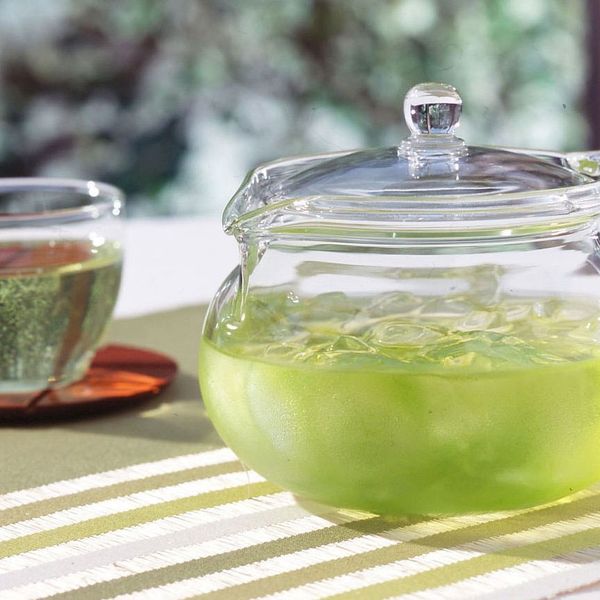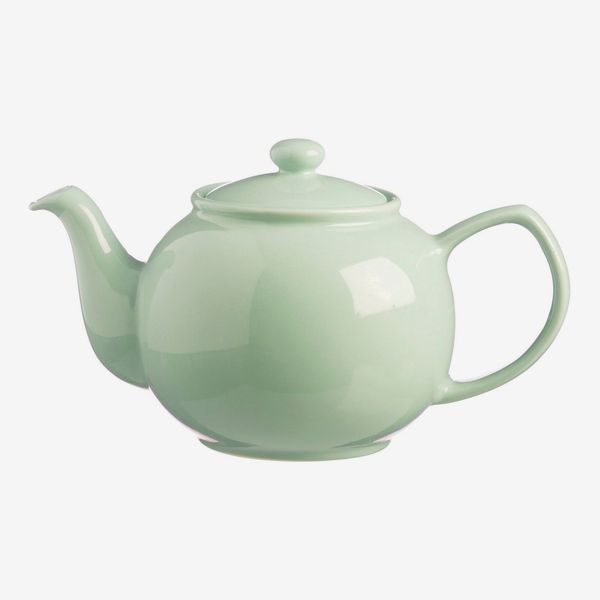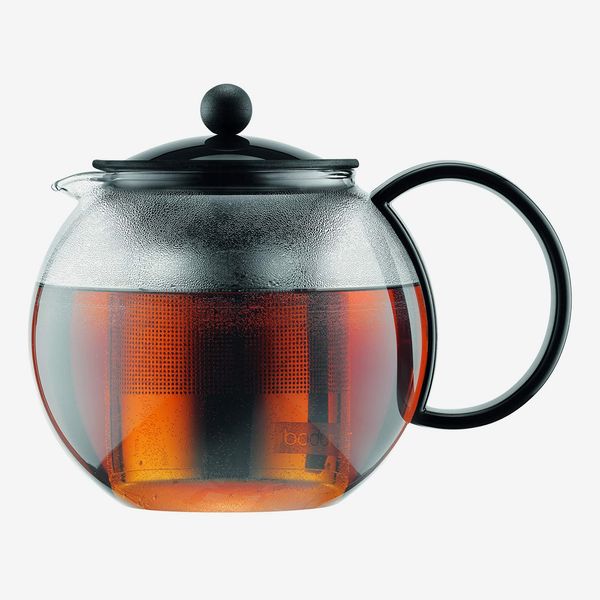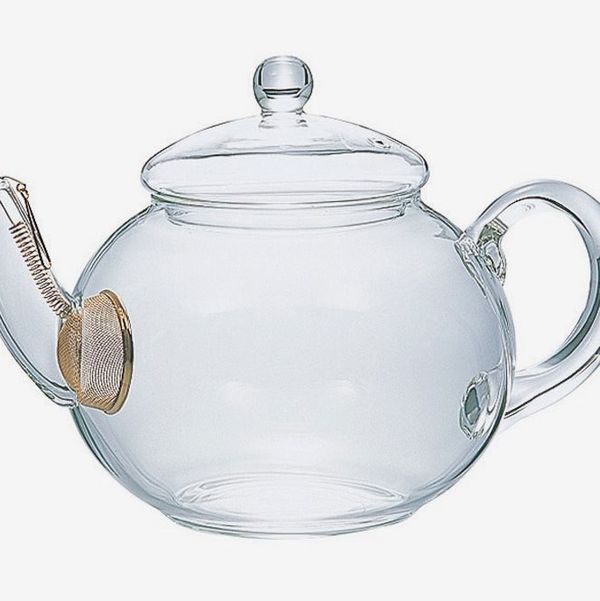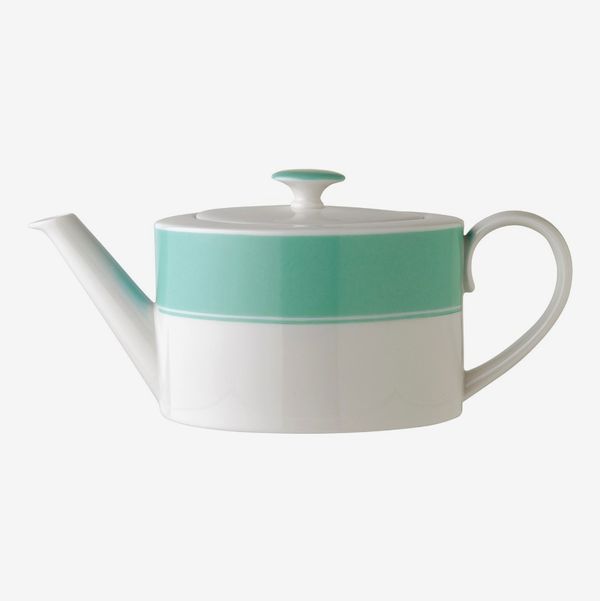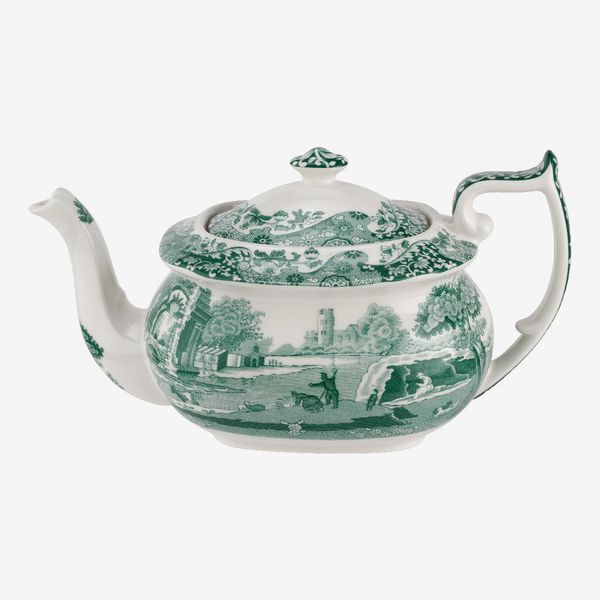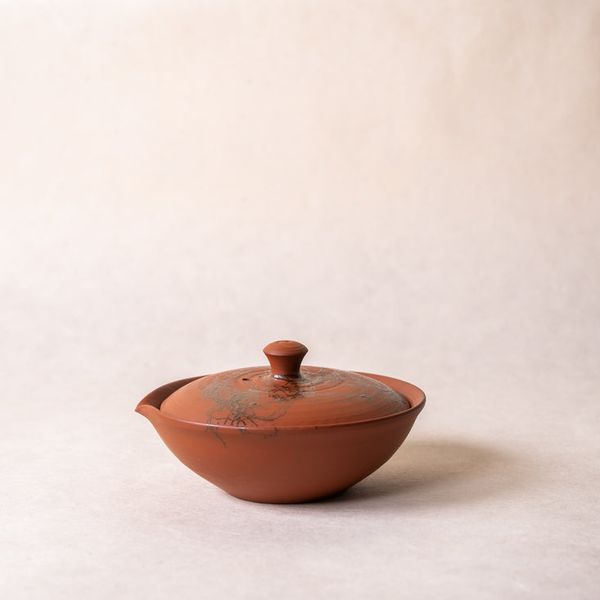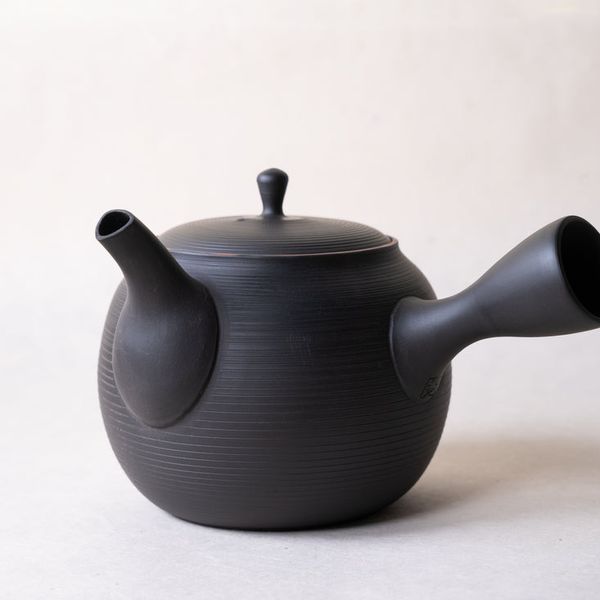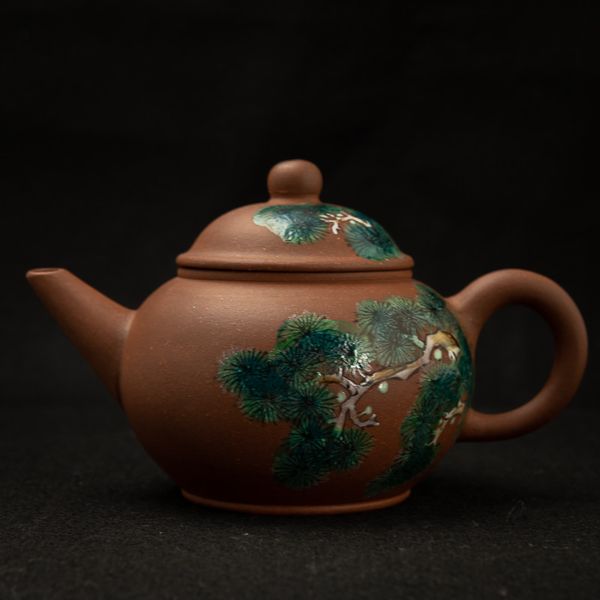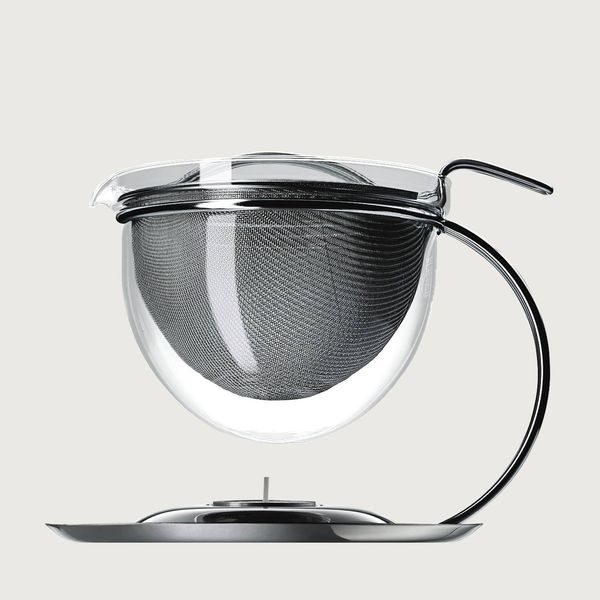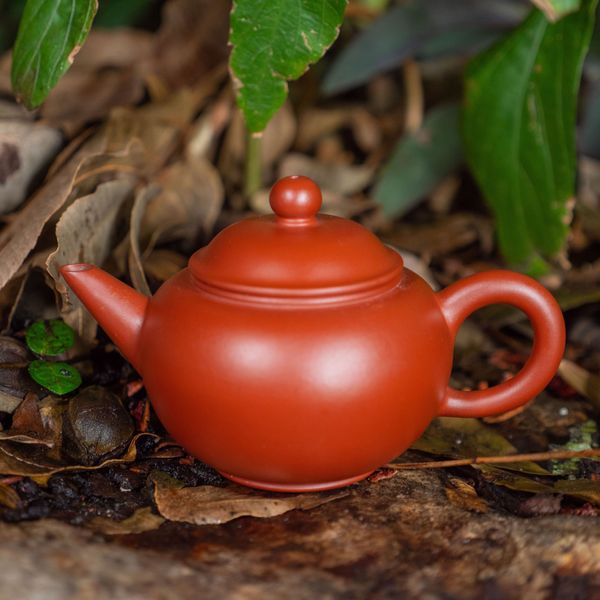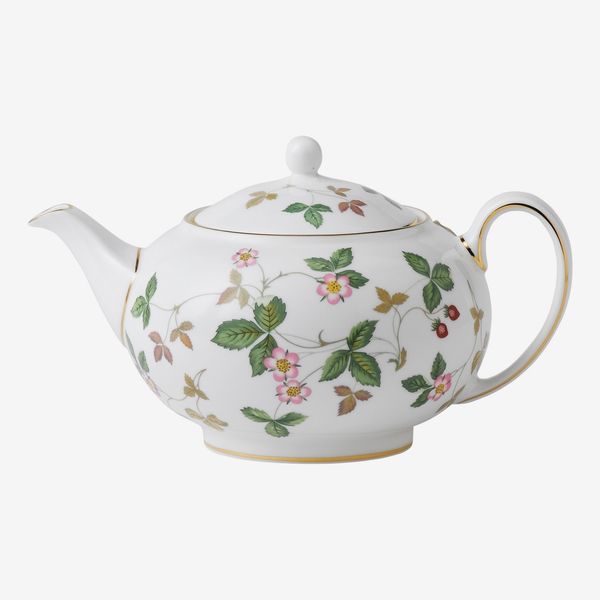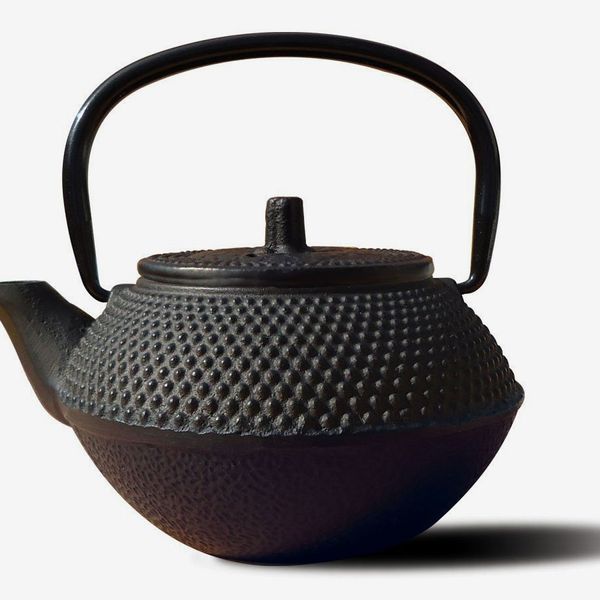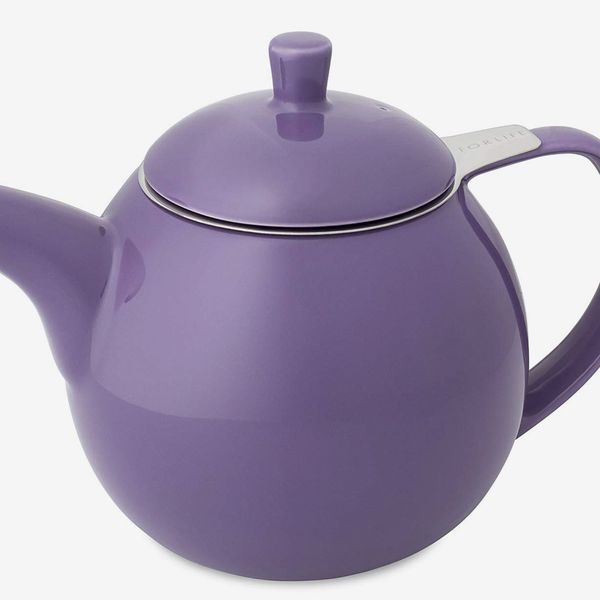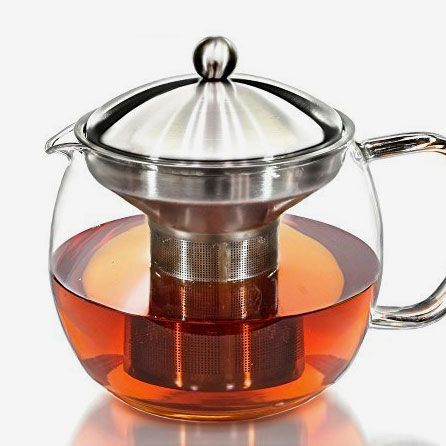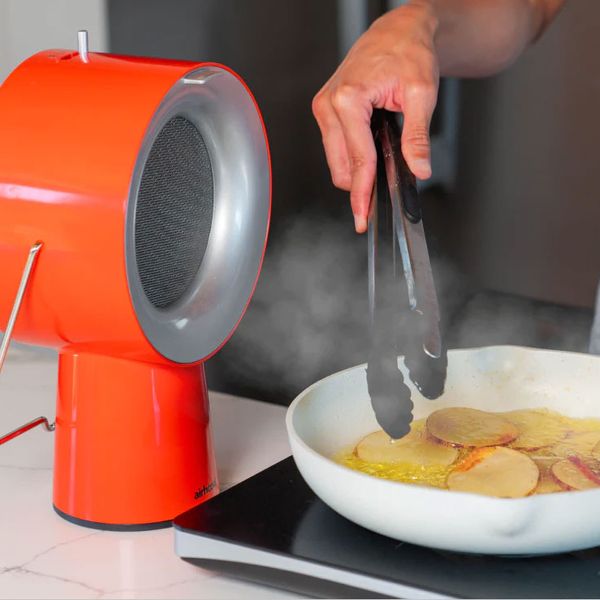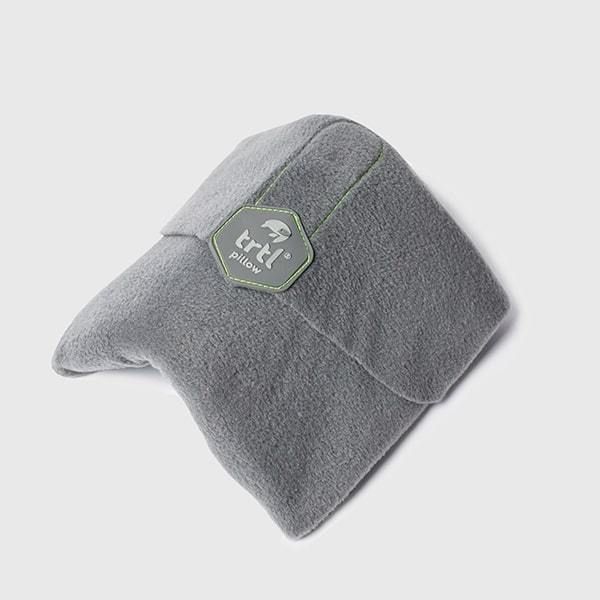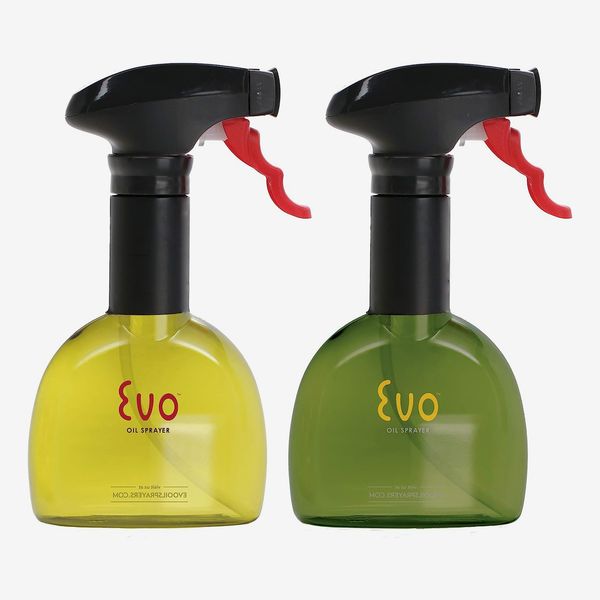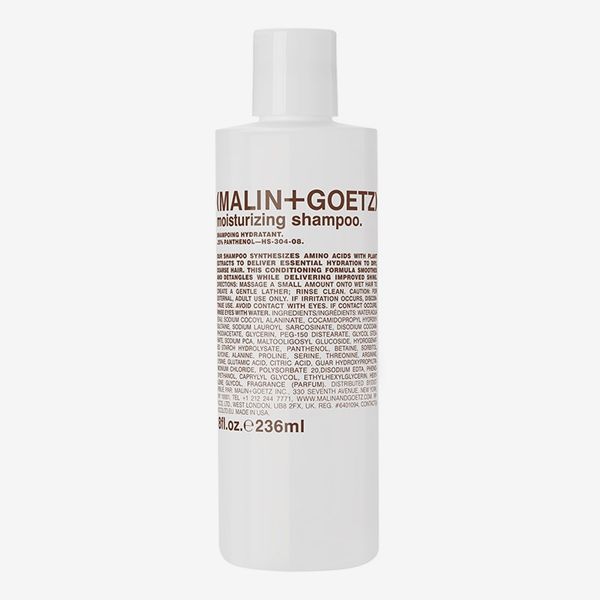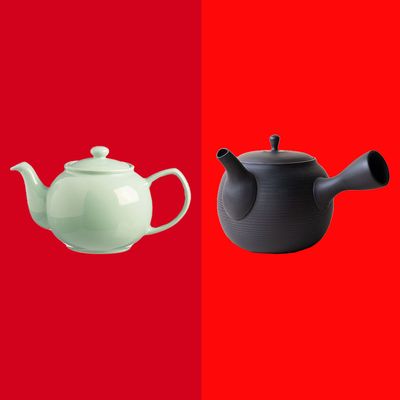
Tea, like so many drinks we obsess over, is all about both ritual and flavor. The teapot you steep the leaves or teabag in will make a subtle difference to how the tea tastes — and it helps when the pot looks good, too. “You want a pot that’s well suited for the kind of teas you drink and for the way you brew them,” says Ken Cohen, host of the podcast Talking Tea. “You also want a teapot that’s easy to handle and pours well.” The teapot’s material will matter, whether you’re shopping for yourself or picking up a gift for a tea lover. “Porcelain, for example, has an elegant look and is neutral in terms of flavor — it doesn’t absorb the flavors of the tea,” Cohen adds. “Unglazed clay teapots, on the other hand, do absorb and impart flavor, so they interact with the tea differently from porcelain.” To help you sift through the options out there, we spoke to seven stylish tea drinkers about the best stoneware, porcelain, glass, and clay teapots to suit a range of budgets.
Best under-$50 teapots
“Most Japanese teapots are meant for ceremonies — they are not for everyday use,” says Maiko Kyogoku, owner of East Village restaurant Bessouhey. This one “combines the beauty of Japanese design with actual function.” Kyogoku appreciates the wide handle and comfortable grip she can get on her teapot, as well as its easy-to-clean mesh strainer. “I was having such a hard time finding a tea-brewing device with the right size mesh,” she says. “This one has a fine mesh sieve that brews the tea super cleanly, and when you are done, you just tap it against the garbage and the tea leaves will come out.”
Laurel Gallucci, owner of Sweet Laurel Bakery, loves this inexpensive glazed teapot when just brewing for herself. It has a six-cup capacity, is both microwave- and dishwasher-safe, and has space for a tea strainer inside. It also comes in a nail-polish-like range of colors, including flamingo pink and mint green (Galluci’s favorite).
Tea consultant Sara Shacket told us about this glass tea press she uses for brewing her drinks. She appreciates the transparency of a glass teapot for really “admiring the color of your tea.”
Best under-$100 teapots
Tea sommelier Kathy YL Chan prefers a slightly larger teapot, like this 800-milliliter one. “When you brew tea, you want to give the tea leaves room to breathe and move, so jamming leaves into an infuser is not ideal,” she says. You can watch as the tea brews inside the pot, taking the guessing game out of how strong you may want your cup. Its stainless steel filter is then easy to remove and clean after a brew.
Best under-$150 teapots
Margaret Dabbs, celebrity podiatrist and CEO of Margaret Dabbs London, likes to brew in her traditional Fortnum and Mason teapot. The brand’s one of a few synonymous with afternoon tea, and Dabbs keeps things simple with a teapot coated in a single lick of Fotnum’s turquoise-green paint. “With the tea, warming it in a pot, in the old way — I love doing that,” says Dabbs. “I’m quite English in that sense.”
Galluci likes to brew tea for guests in a white-and-green toile teapot. The classic pot is handcrafted, and at six inches tall, has plenty of space for brewing. Gallucci loves its patterned motif (which even inspired some of the décor in her own L.A. cottage home.) “I’m a sucker for toile,” she says. Galluci’s teapot of choice is nearly sold out, so we’ve found a similar one from Fortnum and Mason.
Scott Norton, a blogger and a member of the Tea Arts & Culture nonprofit, recommends the thoughtfully crafted wares from Brooklyn-based Kettl. “They offer a wide variety of Japanese green teas, paired perfectly with an equally wide variety of Japanese and locally made wares,” he says. According to Norton, their handleless Shiboridashi, as recommended here, are ideal for finer green teas like Japanese gyokuro.
Kettl also sells a range of Kyusu teapots, which can, according to Norton, brew a wide range of teas “from Japanese sencha and hojicha to darker, more robust teas like roasted oolongs and puer from China.” This handmade Kyusu is slightly larger than average and can brew around 480 milliliters’ worth of tea at once — about two cups of tea.
Best over-$150 teapots
For gongfu-style brewing, a method of brewing that uses small teapots for really concentrated, flavorful brews, Cohen uses teapots from Tea Masters. “Based in Taiwan, they’re a go-to source of high-quality unglazed clay pots personally curated by owner Stephane Erler,” says Cohen. Of all the richly detailed options in Erler’s collection, this illustrated teapot caught my eye — I particularly like how the pine green shines against the unglazed clay of the pot.
Strategist senior editor Winnie Yang has been brewing in her minimalist Mono Filio teapot for years. “I first saw it mentioned by Heidi Swanson, one of the original food bloggers, who used to sell it in her shop, Quitokeeto,” says Yang. “I drink whole-leaf oolong tea, and the large brewing basket allows the leaves plenty of room to unfurl and for water to circulate among them.” You can also keep the tea warm with an integrated warmer heated with a tealight.
“You cannot talk about teapots without mentioning Yíxìng clay,” Norton says. The clay’s found in China’s Jiangsu province north of Shanghai and has long been celebrated “for its distinctive porosity, heat-conducting properties, and lush colors, all of which make it ideal for brewing tea.” That porosity means the teapot will start to absorb the flavor of the teas you brew over time. Norton’s go-to supplier for Yíxìng clay is the West China Tea Company, which has sourced this miniature 100-milliliter capacity teapot. It’s ideal if you’re brewing for one.
“I love the delicate strawberry motif here,” says Gallucci, who has happy memories of picking strawberries in both her childhood home and now with her own family. Each of the floral pots are handcrafted in England and made from a fine-bone china.
Some other teapots we’ve written about
The Strategist is designed to surface the most useful, expert recommendations for things to buy across the vast e-commerce landscape. Some of our latest conquests include the best acne treatments, rolling luggage, pillows for side sleepers, natural anxiety remedies, and bath towels. We update links when possible, but note that deals can expire and all prices are subject to change.
Every editorial product is independently selected. If you buy something through our links, New York may earn an affiliate commission.

